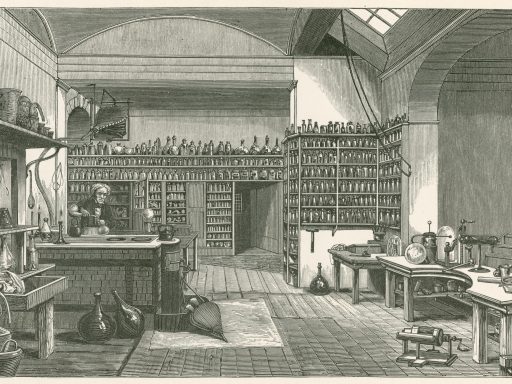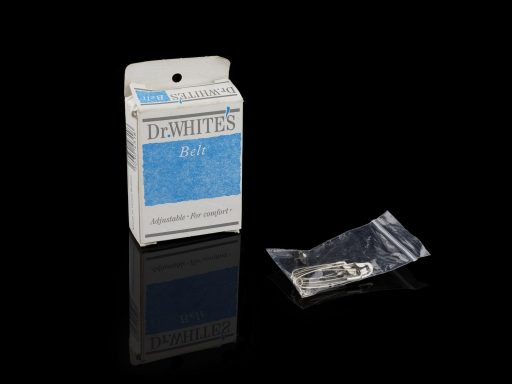
2021 was an exciting year for Coventry as it celebrated being UK City of Culture. From clocks and textiles to cycles and engines, the city has been at the forefront of technological innovation and change.
Our world-class collection forms an enduring record of scientific, technological and medical achievements from across the globe. Come behind the scenes as we explore new object acquisitions and meet the conservation team.

2021 was an exciting year for Coventry as it celebrated being UK City of Culture. From clocks and textiles to cycles and engines, the city has been at the forefront of technological innovation and change.

2021 was an exciting year for Coventry as it celebrated being UK City of Culture. From clocks and textiles to cycles and engines, the city has been at the forefront of technological innovation and change.

Two millennia ago, the Antikythera Mechanism was used in Ancient Greece to predict heavenly movements. Roger Highfield, Science Director, describes how this spectacular bronze computer was at least a millennium ahead of its time.

When Alexander Graham Bell first presented his telephone to audiences in the late 1800s, he made an interesting proposition. Bell suggested that this “talking telegraph” (the telephone) might be used for something other than transmitting and receiving messages. He suggested this invention could one day be used for something far more important – fun.

Assistant Curator Rebecca Mellor delves into the Science Museum Group’s collection of votives to explore the role of votive anatomical objects in health and public welfare in ancient civilizations.

To mark the opening of Ancient Greeks: Science and Wisdom, Dr Despina Ignatiadou from the National Archaeological Museum Athens discusses the story of Hermes, messenger of the Gods, exploring his significance through the artefacts devoted to him.

Assistant Curator Laura Büllesbach explores the life and work of Alan Hart, a transgender pioneer of tuberculosis research.

Two hundred years ago, British natural philosopher Michael Faraday made a discovery that marked a crucial turning point in our understanding of electricity and magnetism.

Assistant Curator Kerry Grist explores some of Thomas Edison’s lesser known inventions, and highlights some of the figures in Edison’s team who were key to making his ideas a reality.

Curator Emeritus Andrew Nahum reflects on Alan Turing’s only known visit to the Science Museum, which took place in August 1951.

American inventor Mary Kenner spent her life inventing objects that made everyday tasks easier for people. To mark her birthday, Assistant Curator Rebecca Raven explores her life and work, including the invention of the sanitary belt, which played an important but overlooked role in the development of menstrual products.

On the 60th anniversary of one of the greatest milestones in space exploration, Deputy Keeper of Technologies and Engineering Doug Millard looks back at the celebrations that followed cosmonaut Yuri Gagarin’s historic mission.